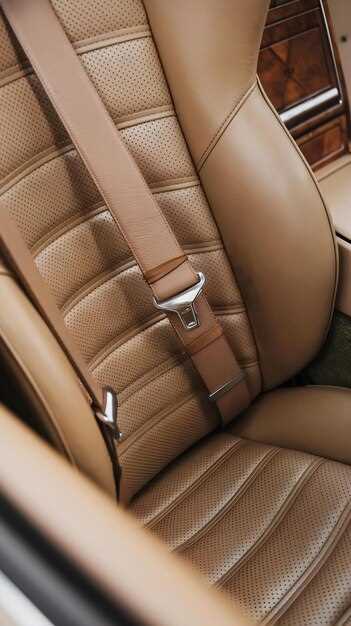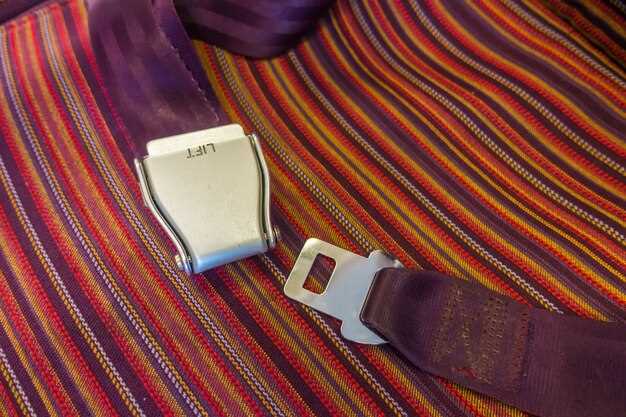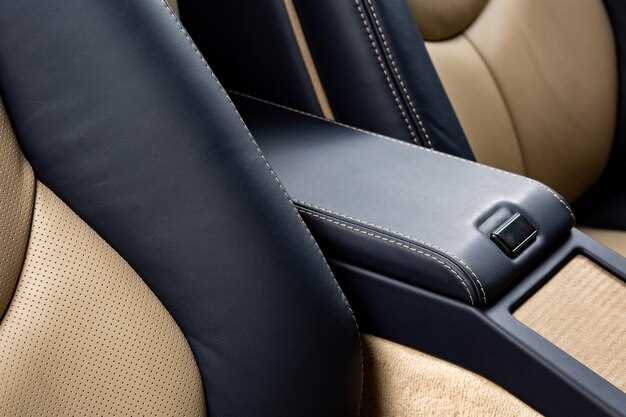
Classic cars hold a special place in the hearts of automotive enthusiasts, often symbolizing an era of design and craftsmanship that is both nostalgic and iconic. However, as aesthetics take center stage, the importance of safety should not be overlooked. The integration of seatbelts in classic cars, through retrofitting options, provides a seamless blend of safety and style that enhances the driving experience without compromising the vehicle’s original charm.
Many owners of classic vehicles face the dilemma of wanting to maintain the car’s vintage appearance while also acknowledging the advancements in safety technology. Fortunately, retrofitting modern seatbelt systems into these timeless machines has become increasingly popular. This process not only provides critical safety measures, such as reducing the risk of injury in the event of an accident, but also allows for customization that aligns with the car’s aesthetic.
In this article, we will explore various retrofitting options available for classic cars, examining how they can be installed without compromising the vehicle’s design integrity. We will also discuss the importance of modern safety standards and how they can be harmoniously integrated into a retro vehicle, creating a driving experience that is both secure and stylish. From subtle, discreet solutions to more prominent designs, the right seatbelt system can enrich the classic car experience for both drivers and passengers alike.
Selecting the Right Seatbelt Retrofit for Vintage Vehicles
When preserving a classic car, safety should be a top priority. Selecting the appropriate seatbelt retrofit can significantly enhance the safety of vintage vehicles while maintaining their original aesthetics. The first step is to assess the car’s structure and interior design. The choice between lap belts, three-point seatbelts, or retractable options will depend on the available space and the seating arrangement.
Next, consider the fitment compatibility. Many manufacturers provide specific kits designed for particular models, ensuring proper installation without compromising the car’s integrity. It is crucial to select seatbelts that meet modern safety regulations, even for vintage models. Look for belts with a reputable safety rating, ensuring they have undergone rigorous testing.
Another important aspect is the style of the seatbelt. Many companies offer retro designs that blend seamlessly with classic interiors, allowing enthusiasts to maintain the vintage appeal while enhancing safety. Materials also play a vital role; selecting fabrics and colors that complement the original upholstery can ensure that new installations do not detract from the vehicle’s charm.
Finally, professional installation is recommended to ensure that seatbelts are mounted securely. Properly fitted seatbelts can prevent injury in the event of an accident, making it essential to choose a retrofit that aligns with both safety standards and the classic aesthetic of the vehicle.
Integrating Modern Safety Features Without Compromising Aesthetic

In the world of classic cars, merging modern safety features with timeless design is a challenge that many enthusiasts seek to tackle. One of the most significant upgrades that can enhance safety while maintaining the aesthetic appeal is the implementation of modern seatbelts.
Classic vehicles often lack fundamental safety measures, and retrofitting with contemporary seatbelts provides a practical solution. Many manufacturers now offer elegant seatbelt designs that blend seamlessly with vintage interiors, ensuring that aesthetics are not sacrificed for safety.
Careful selection of materials plays a pivotal role in this integration. High-quality fabrics that match the original upholstery can be used for seatbelts, while chrome or anodized finishes on buckles complement the classic styling of dashboards. These thoughtful choices ensure that modern safety equipment feels like a natural component of the car rather than an intrusive addition.
Additionally, choosing retractable seatbelts can enhance usability without detracting from the car’s charm. This option allows for ease of access while maintaining a clutter-free cabin, which is essential for preserving the classic car’s visual integrity.
Furthermore, custom installations tailored to the vehicle’s specific design can help achieve a harmonious balance between function and form. Expert upholsterers and automotive restoration specialists can modify seatbelts to fit snugly within the confines of classic designs, ensuring safety features do not disrupt the line and elegance of the car.
Ultimately, integrating modern seatbelts into classic cars not only enhances safety but also honors the original design by selecting options that complement and improve upon the legacy of the vehicle. By taking a thoughtful approach to materials, styles, and installation, classic car enthusiasts can ensure driving remains both safe and stylish.
Installation Tips and Best Practices for Classic Car Seatbelts

When retrofitting seatbelts in classic cars, ensuring a safe and aesthetically pleasing installation is essential. Begin by selecting the right type of seatbelts that match the style of your vehicle. Look for lap belts, three-point systems, or even harnesses that complement the classic design.
Before starting the installation, gather all necessary tools, including wrenches, drills, and mounting hardware. Read the installation instructions carefully; every seatbelt kit may have specific requirements based on the type of car and seat configuration.
Inspect the installation points in your vehicle. Ensure the floor and structural components are solid enough to hold the seatbelt mounts without risk of failure. It’s vital to reinforce these areas if needed, as the integrity of the installation greatly affects safety.
Position the belts at the correct angles; for three-point belts, the shoulder strap should ideally be positioned across the shoulder and chest, avoiding any contact with the neck. Adjustments may be necessary to achieve the proper fit. Use the provided washers and spacers to secure belts firmly and prevent movement.
After installation, conduct a thorough test. Pull on the belts with significant force to ensure they are securely fastened. Check for any excess slack and adjust accordingly to guarantee a snug fit. Lastly, ensure the retraction mechanism operates smoothly, allowing the belt to retract when not in use.
Regular maintenance is crucial. Periodically inspect the seatbelts for wear and tear, checking the webbing for fraying and the hardware for rust. It’s important to replace any worn components to maintain safety standards in your classic car.
